
Dominican Republic Animals
Follow the Trail of Wild Nature – Nature Tourism in Dominican Republic
The Dominican Republic, with its diverse ecosystems ranging from tropical rainforests to coastal mangroves, is home to a fascinating array of wildlife. From the majestic humpback whales that migrate to the warm Caribbean waters to the colorful and elusive national bird, the palmchat, the country offers a rich tapestry of animal encounters for nature enthusiasts.
Embark on a journey through the animal kingdom of the Dominican Republic. Encounter the playful and intelligent West Indian manatees that inhabit the coastal lagoons, and the vibrant and agile Hispaniolan parrots that flit through the lush canopies of the island's forests. Keep an eye out for the iconic rhinoceros iguana, a unique reptile species that calls the rocky landscapes of the country home. Whether you're exploring the depths of the ocean or the heights of the mountains, the Dominican Republic's wildlife is sure to captivate and inspire.
Mammals of the Dominican Republic
In the lush landscapes of the Dominican Republic, one can encounter a variety of fascinating mammals. The Hispaniolan solenodon, a nocturnal creature with a venomous bite, is a rare endemic species found on the island. Another unique mammal is the Hispaniolan hutia, a rodent that enjoys the island's forests and rocky areas. Visitors may also spot the Antillean manatee, a gentle sea cow grazing in the coastal waters. Although not native, the small Indian mongoose was introduced to the island and can now be seen scurrying about. These mammals, among others, contribute to the rich tapestry of wildlife that thrives in the Dominican Republic's diverse habitats.
Birds of the Dominican Republic
In the lush landscapes of the Dominican Republic, bird enthusiasts can marvel at a diverse array of avian species. The Hispaniolan Trogon, with its vivid green and red plumage, is a sight to behold in the island's forests. The Palmchat, the national bird, thrives amidst the palm groves, its sociable nature evident in the large communal nests. Overhead, the impressive Magnificent Frigatebird can be seen soaring near the coast, while the endemic Hispaniolan Parrot adds a splash of color with its green and red feathers. Birdwatchers should also keep an eye out for the delicate Vervain Hummingbird, one of the smallest birds in the world, flitting among the island's flowers.
Reptiles
Top Spots for Wildlife Observation in the Dominican Republic
- Los Haitises National Park, situated on the northeast coast of the Dominican Republic, is a haven for birdwatchers. The park's lush mangrove forests and coastal lagoons are teeming with avian life, including the magnificent frigatebird, the brown pelican, and the endemic Hispaniolan woodpecker. Visitors may also spot the Hispaniolan Amazon parrot and the rare Ridgway's hawk soaring above the canopy.
- Jaragua National Park, located in the southwest near the border with Haiti, is one of the largest protected areas in the Caribbean. Its dry forests and scrublands are home to the endangered rhinoceros iguana and the Hispaniolan solenodon, a unique insectivorous mammal found only on the island of Hispaniola. The park's beaches are also nesting grounds for several species of sea turtles, including the hawksbill and the green turtle.
- Sierra de Bahoruco National Park, also in the southwest, offers a diverse range of habitats from lowland dry forests to cloud forests. This park is particularly known for its birdlife, including the Hispaniolan trogon, the La Selle thrush, and the white-winged warbler. The park's higher elevations provide habitat for the endangered Hispaniolan crossbill and the broad-billed tody.
- Monte Cristi National Park, in the northwest, features a unique mix of coastal marine, mangrove, and subtropical dry forest ecosystems. The park's offshore keys are important breeding sites for seabirds such as the brown booby and the royal tern. The American flamingo can occasionally be seen feeding in the park's saline lagoons.
- Del Este National Park, located on the southeastern tip of the Dominican Republic, is known for its biodiversity, particularly in marine life. The park's coral reefs and seagrass beds are teeming with colorful fish, while its caves provide roosting sites for several species of bats. On land, the park protects the critically endangered Ricord's iguana and the Hispaniolan hutia, a rodent found only in the Dominican Republic and Haiti.
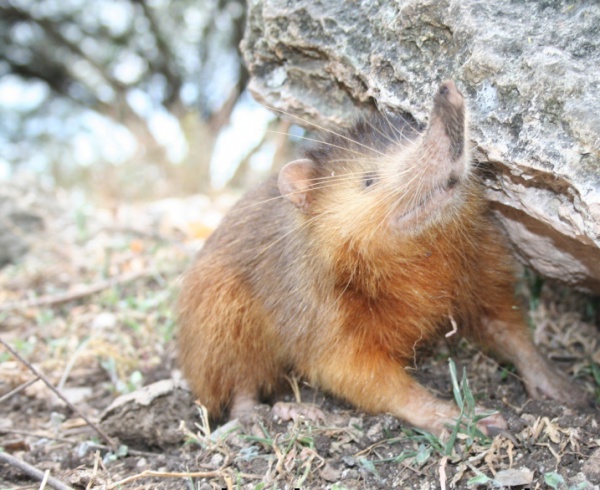
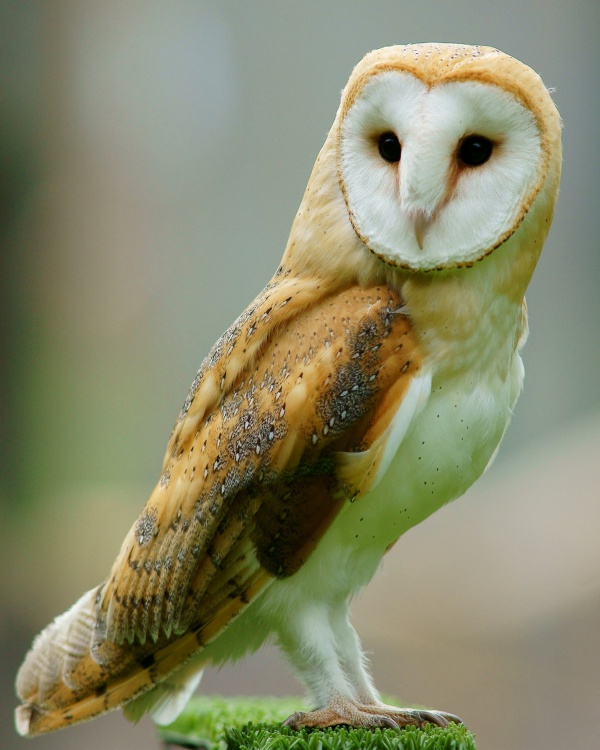
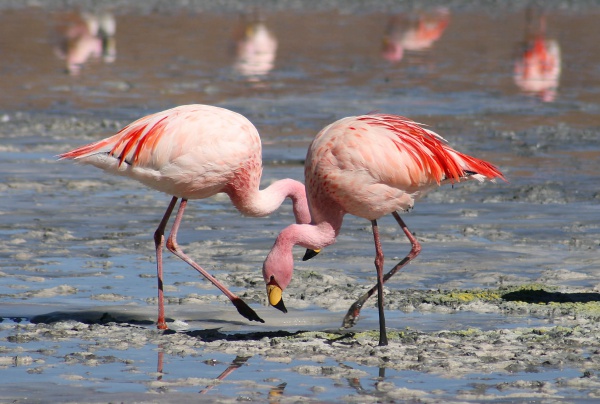
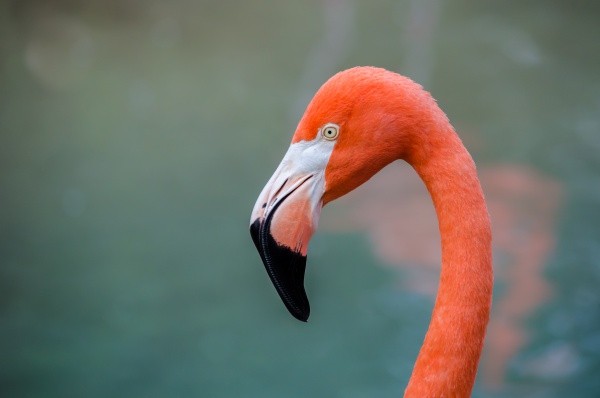
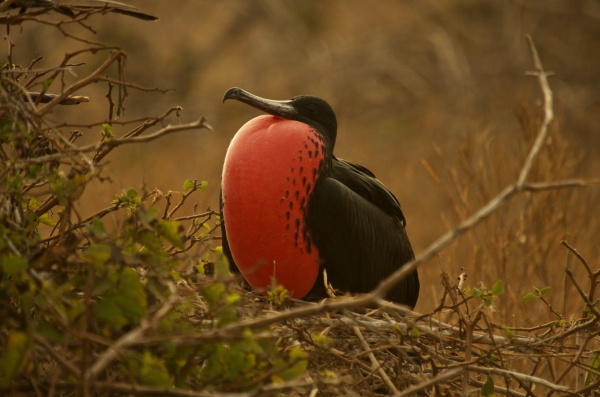
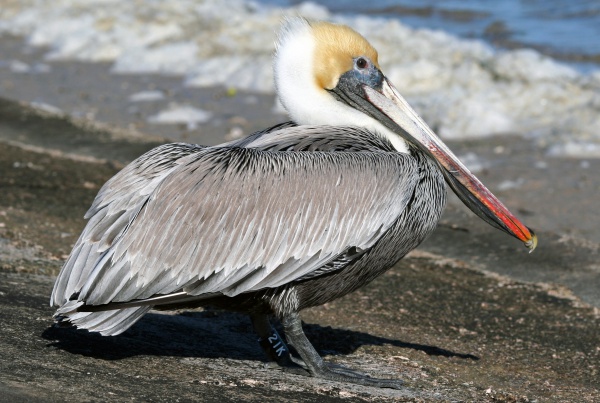
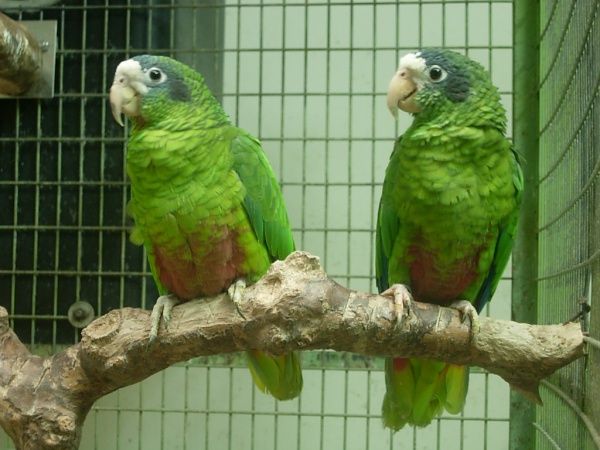
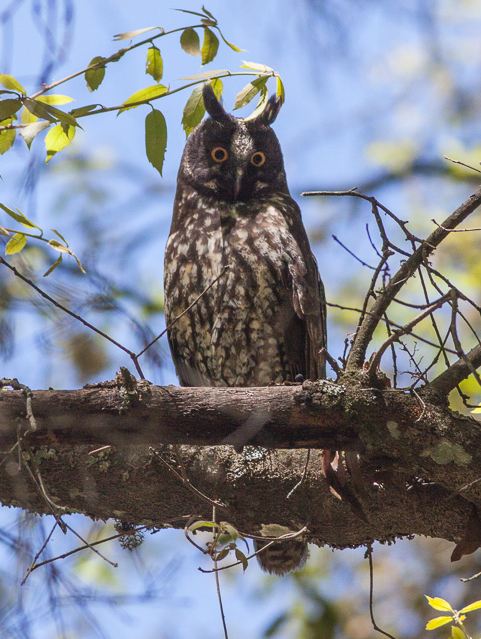
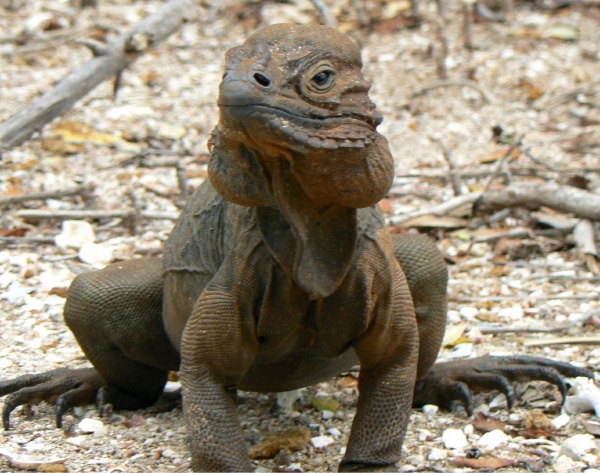
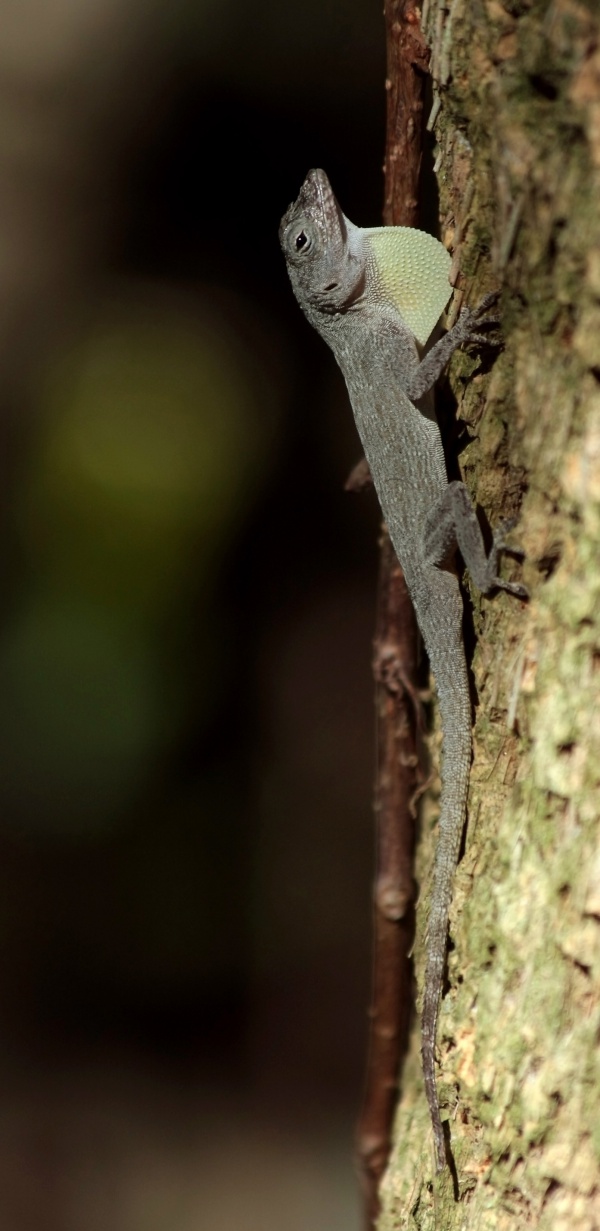
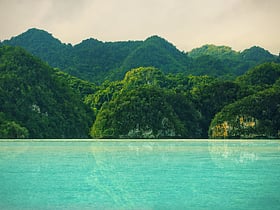
 Haiti
Haiti